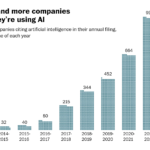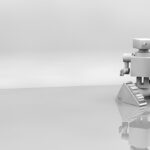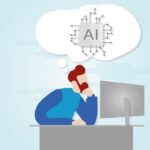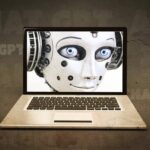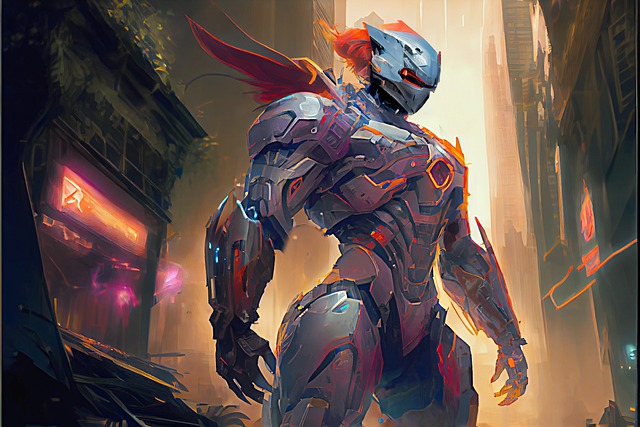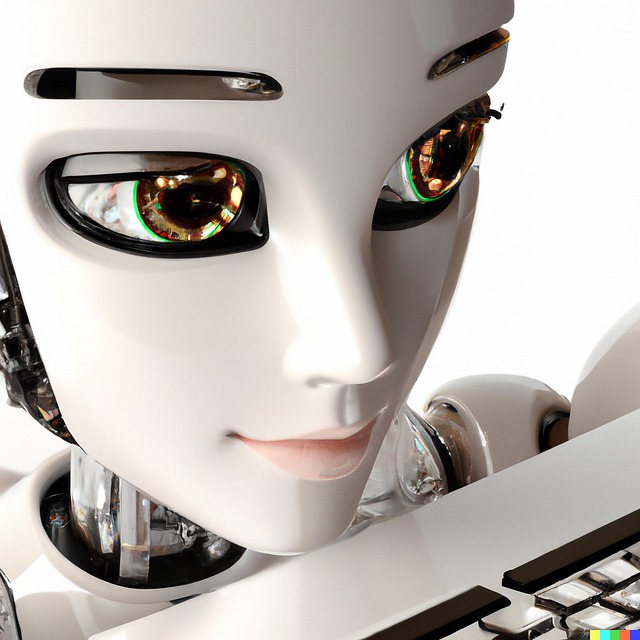In recent years, artificial intelligence (AI) has been making its way into the art world, and its potential for creative transformation is only beginning to be explored. With the use of AI, artists are creating works of art that are unlike anything seen before, pushing the boundaries of what is possible in the art world. AI-generated art is quickly becoming an important part of the conversation about the future of art, and it is already having a significant impact on the way we think about creativity.
AI-generated art is created using algorithms that are programmed to produce works of art based on input from the artist. These algorithms can be programmed to create art that is similar to the artist’s style, or to create something completely different. AI-generated art is often seen as a type of machine learning, as the algorithms learn from the artist’s input and create works of art that are unique and creative.
One of the most exciting aspects of AI-generated art is its potential for creative transformation. By using AI, artists are able to explore new ways of creating art that are not possible with traditional methods. For example, AI-generated art can be used to explore the possibilities of abstract art, as algorithms can be programmed to create works of art that are completely unique and unexpected. AI can also be used to explore the possibilities of interactive art, as algorithms can be programmed to create works of art that respond to user input in real time.
AI-generated art can also be used to explore new ways of creating visual art. By using AI, artists can create works of art that are more complex and detailed than ever before. For example, AI can be used to create digital paintings that are incredibly detailed and realistic, or to create 3D sculptures that are incredibly lifelike. AI can also be used to create works of art that are interactive, as algorithms can be programmed to respond to user input in real time.
AI-generated art is also being used to explore new ways of creating music. By using AI, musicians are able to create music that is more complex and expressive than ever before. For example, AI can be used to create music that is inspired by the artist’s own style, or to create music that is completely unique and unexpected. AI can also be used to create interactive music, as algorithms can be programmed to respond to user input in real time.
AI-generated art is quickly becoming an important part of the art world, and its potential for creative transformation is only beginning to be explored. As AI technology continues to improve, artists will be able to explore more and more possibilities for creative transformation. AI-generated art has the potential to revolutionize the way we think about creativity, and it is sure to have a significant impact on the future of art.


